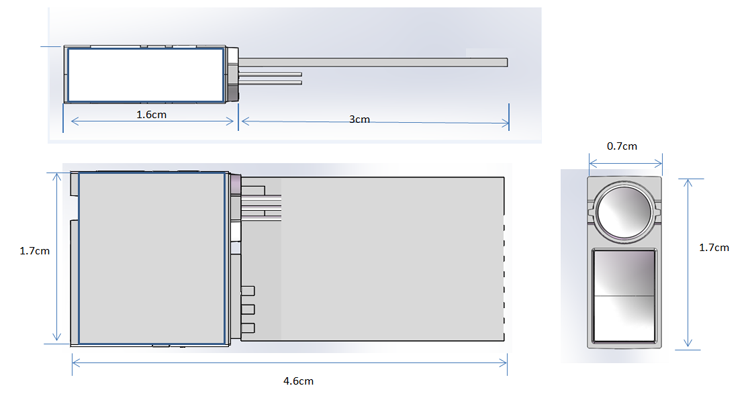Release date: 2017-10-19
Recently, a series of papers published in Nature and Nature-Genetics comprehensively introduced the differences in gene expression in different tissues and individuals. These findings have brought new enlightenment to the understanding of the relationship between gene mutation and gene expression in healthy tissues. It is expected to reveal new clues about the molecular origin of the disease.
The human genome regulates gene expression by coding instructions. Gene expression varies by cell type and produces diverse tissues with different functions; they also differ in different individuals. The sequences that drive these differences are generally in the non-coding regions of the genome, which determine how and when the genes are expressed. However, current research on the differences in gene regulation and gene expression in different human tissues and individuals is still limited.
The Genotype-Organization Expression (GTEx) Research Consortium collected and studied more than 7,000 autopsy samples from 449 pre-natal health donors, covering 44 organizations, including 31 solid organ tissues, 10 brain regions, whole blood, and two A cell line from the donor's blood and skin. The researchers used these samples to study how gene expression differs among different tissues and individuals. They reported in the Nature paper that they used the expression of quantitative trait locus (eQTL) mapping, showing that most human genes are affected by local variation, and the variant sequences are close to the affected genes. They also identified the expression of 93 genes that were affected by distant changes, including mutations on different chromosomes.
In the newly published Nature, there is also a paper examining the role of rare mutations in gene expression. Two papers used GTEx data to explore how genetic variants associated with gene expression regulate RNA editing and X-chromosome inactivation. . In a related review article published in Nature Genetics, the researchers introduced the GTEx extension project. It is an extension of the GTEx project to provide a resource for studying how genetic differences affect human health step by step through molecular phenotypes.
Taken together, these findings highlight the value of data from different individuals and tissues for identifying genes and mechanisms behind human disease-related variation. “The parties have worked together to overcome the ethical, legal and technical challenges of large-scale acquisition of post-mortem samples,†Yoav Gilad of the University of Chicago, Illinois, and others wrote in the article, “The extensive data generated by the GTEx Research Alliance. This has taken us one step further in deciphering the genome's regulatory code. The impact of gene mutations on gene expression is becoming clearer."
Source: Chinese Journal of Science
IT02S, is JRT new product in the early 2019, which is a single-point LiDAR sensor, also called tof distance sensor. With a micro size of 46x17x7mm, customers can widely use in many Laser Measurement Solutions. The lidar distance sensor can measure 12m short-range with high frequency up to 100hz. It's great for Unmanned Aerial Systems. If you need us send you data sheet and spec for this products, offering sample as well, pls tell us, thank you.
Accuracy
+/-8cm@ 0.1~3.5m
Measuring Unit
cm
Measuring Range (without Reflection)
0.1-12m
Measuring Time
0.1~3 seconds
Measuring Frequency
100 Hz
Laser Class
Class II
Laser Type
650nm, <1mw, red
Weight
About 5g
Voltage
DC2.5V~+3.5V
Serial Level
TTL 3.3V
Size
46*17*7mm
Operating Temperature
0-40 ℃ (32-104 ℉ )
Storage Temperature
-25~60 ℃ (-13~140 ℉)
IT02S Mini Tof Sensor Module Diagram

Parameters of IT02S:
IT02S – the High performance-price ratio measurement solution
* low power consumption of single transmit and single receive
* small size: 46*17*7mm
* low cost
* proffessional techinical support
2D Laser Distance Sensor,2D Lidar Sensors,Tof Lidar Distance Sensor, Flight Distance Sensor
Chengdu JRT Meter Technology Co., Ltd , https://www.infrareddistancesensor.com